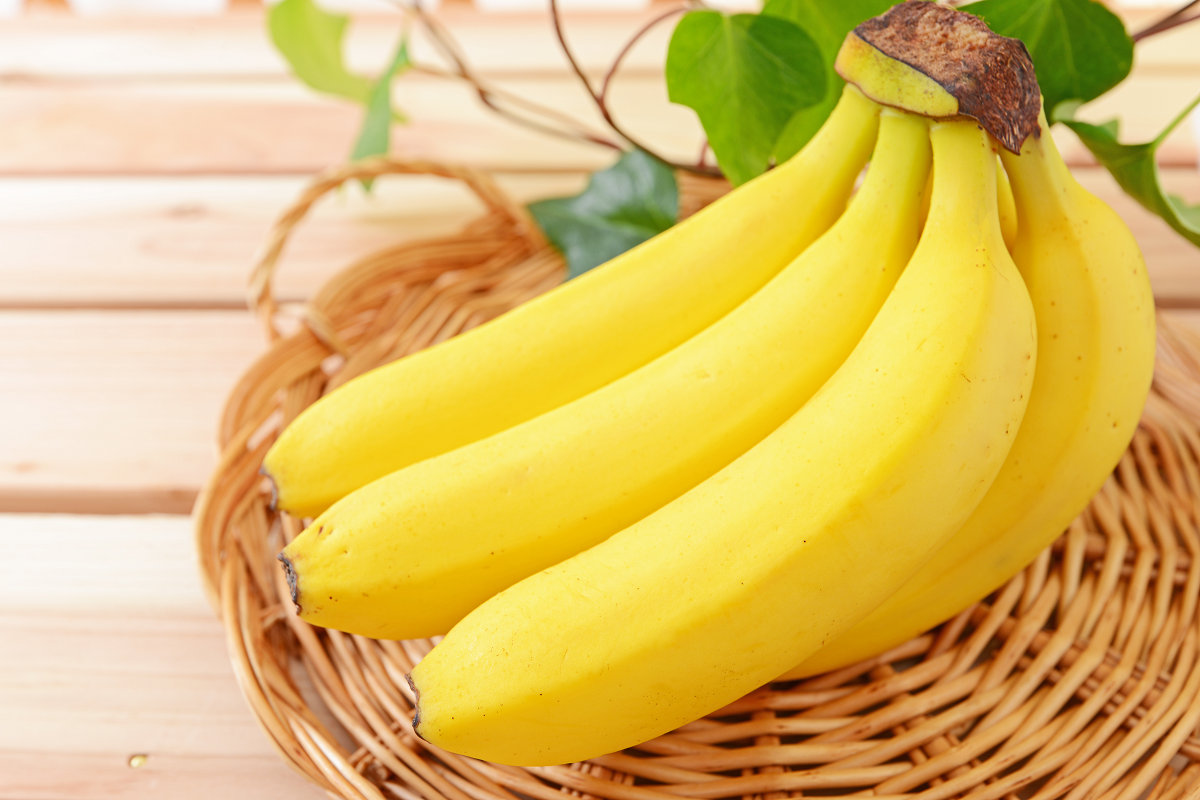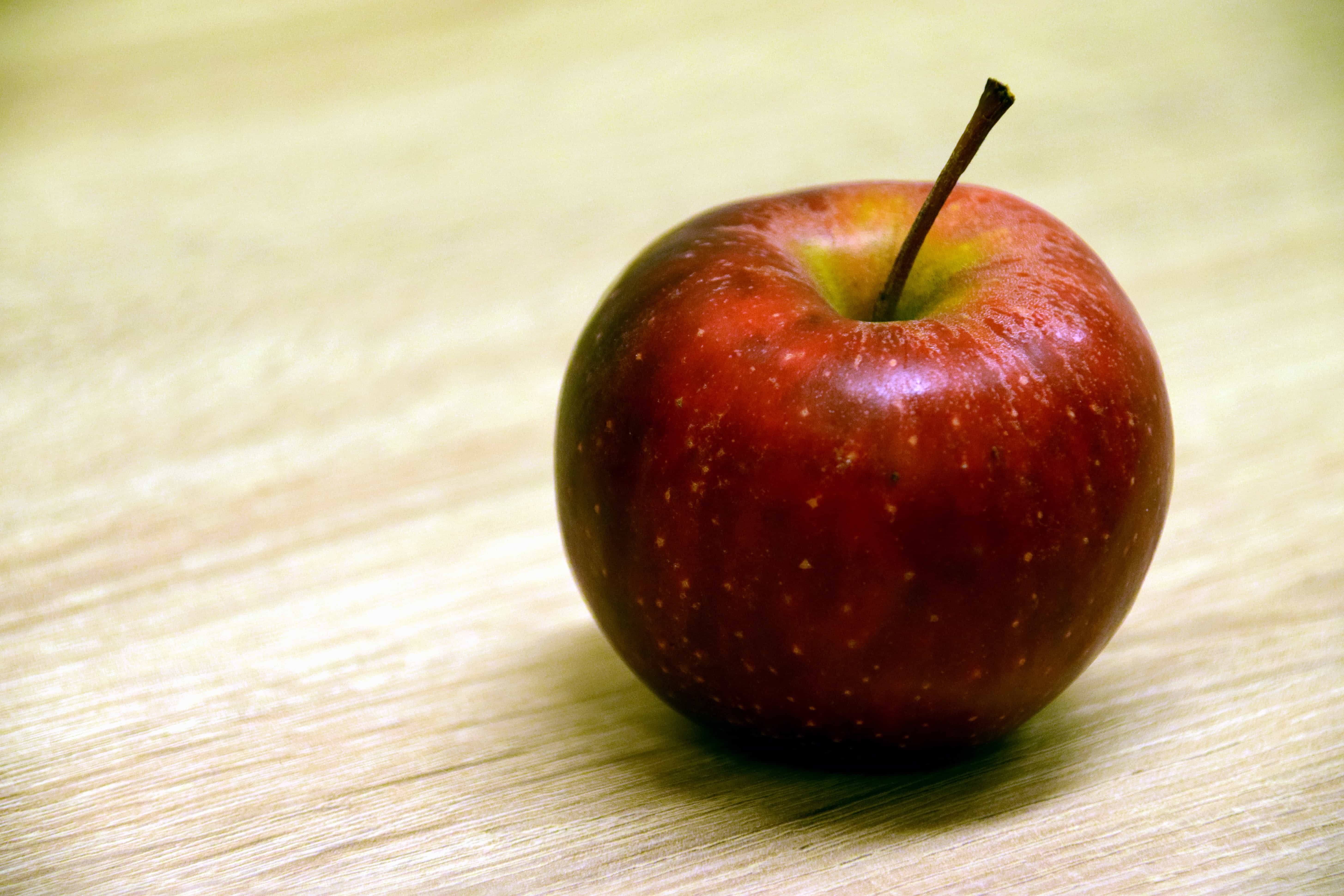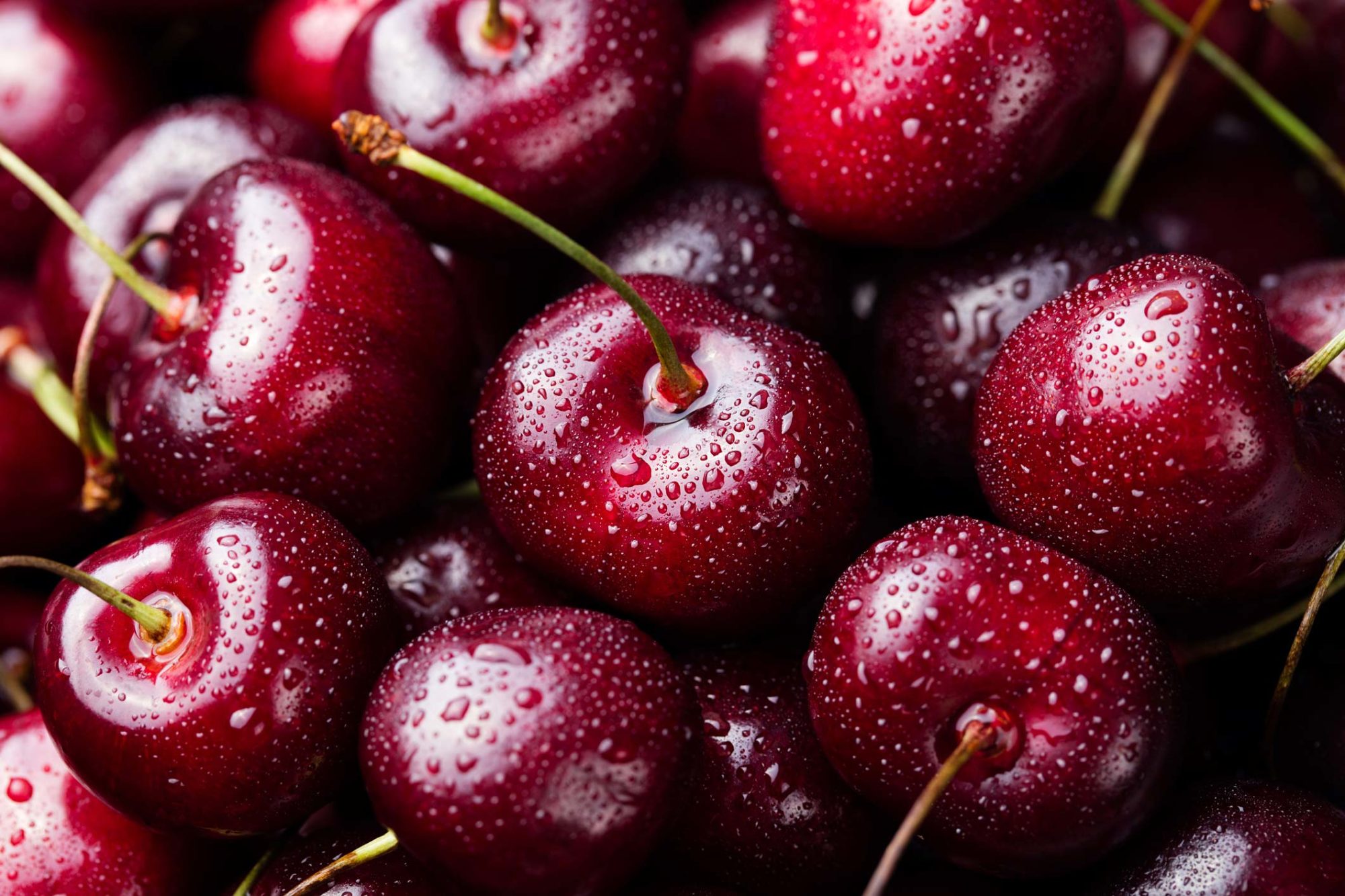Orange $
The Bright and Juicy Orange: Uses, Facts, Nutritional Benefits, and Tips
Introduction
Oranges are beloved citrus fruits known for their sweet and tangy flavor, vibrant color, and refreshing juiciness. They are not only delicious but also packed with essential nutrients that offer numerous health benefits. In this blog post, we will explore the different uses of oranges, fascinating facts about them, their nutritional benefits, and some helpful tips for incorporating them into your diet. Finally, we will discuss the average price of oranges.
Uses of Oranges
Oranges are incredibly versatile and can be used in various culinary applications. Here are some common uses:
- Snacking: Oranges are a convenient and refreshing snack, perfect for on-the-go.
- Juicing: Freshly squeezed orange juice is a popular beverage enjoyed for its sweet and tangy flavor, as well as its high vitamin C content.
- Cooking: Oranges can be used in both sweet and savory dishes, adding a citrusy brightness to marinades, sauces, salads, and desserts.
- Baking: Orange zest and juice can enhance the flavor of cakes, muffins, cookies, and other baked goods.
- Salads: Oranges add a burst of flavor and vibrant color to salads, combining well with greens, nuts, and cheeses.
- Preserves: Oranges can be made into marmalades, jams, and preserves, preserving their flavor for extended use.
- Desserts: Oranges are used in a variety of desserts, including cakes, puddings, sorbets, and tarts.
- Smoothies: Adding oranges to smoothies provides natural sweetness, vitamin C, and fiber.
- Infusions: Orange slices can be infused into water, tea, or cocktails for a refreshing twist.
Interesting Facts About Oranges
- Oranges are scientifically known as Citrus × sinensis and belong to the Rutaceae family.
- Oranges are believed to have originated in Southeast Asia and have been cultivated for over 4,000 years.
- Brazil is the largest producer of oranges, followed by China, India, and the United States.
- The orange tree is an evergreen that can reach heights of up to 30 feet and produces fragrant white flowers.
- Orange peels contain essential oils used in perfumes, cleaners, and flavorings.
- Oranges were historically a luxury item and symbolized wealth and prosperity.
- Oranges are classified into two main categories: sweet oranges (such as Valencia and Navel) and bitter oranges (such as Seville).
- Oranges are associated with Vitamin C, which boosts immune function and helps protect against colds and flu.
Nutritional Elements of Oranges
Oranges are not only flavorful but also packed with essential nutrients. Here are some key nutrients found in oranges:
- Vitamin C: Oranges are an excellent source of vitamin C, an antioxidant that supports immune function and promotes skin health.
- Fiber: Oranges provide dietary fiber, which aids digestion and helps maintain a healthy gut.
- Potassium: Oranges contain potassium, an electrolyte that helps regulate blood pressure and heart function.
- Vitamin A: Oranges contain vitamin A, which is important for vision, immune function, and skin health.
- Antioxidants: Oranges contain various antioxidants, including flavonoids and beta-carotene, which help protect cells from oxidative damage.
- Water Content: Oranges have high water content, helping to keep the body hydrated and contribute to overall fluid intake.
- Low in Calories: Oranges are low in calories, making them a healthy snack option for weight management.
- Nutrient Diversity: Oranges contain a diverse range of nutrients, including folate, thiamine, and magnesium.
Helpful Tips for Using Oranges
- Choose oranges that are firm, heavy for their size, and have smooth, brightly colored skins for the best flavor and juiciness.
- Store oranges at room temperature if you plan to consume them within a few days. For longer storage, place them in the refrigerator.
- Use a citrus juicer or reamer to extract juice from oranges for drinking or cooking.
- Grate orange zest (the outer colored part of the peel) to add citrus flavor to recipes, avoiding the bitter white pith.
- Segment oranges (remove the peel and pith, then separate the segments) for salads, desserts, or snacking.
- Blend oranges into salad dressings, marinades, or sauces to add a tangy citrus flavor.
- Make homemade orange popsicles by freezing freshly squeezed orange juice in molds.
- Add orange slices to water or tea for a refreshing and naturally flavored beverage.
- Experiment with different orange varieties, such as Valencia, Blood Orange, or Mandarin, to discover unique flavors and textures.
Average Price of Oranges
The price of oranges can vary depending on the season and location. On average, fresh oranges typically cost between $1.00 and $2.00 per pound in the United States.
Cost: 1.00 and 2.00








0